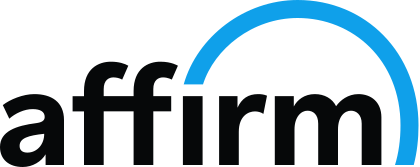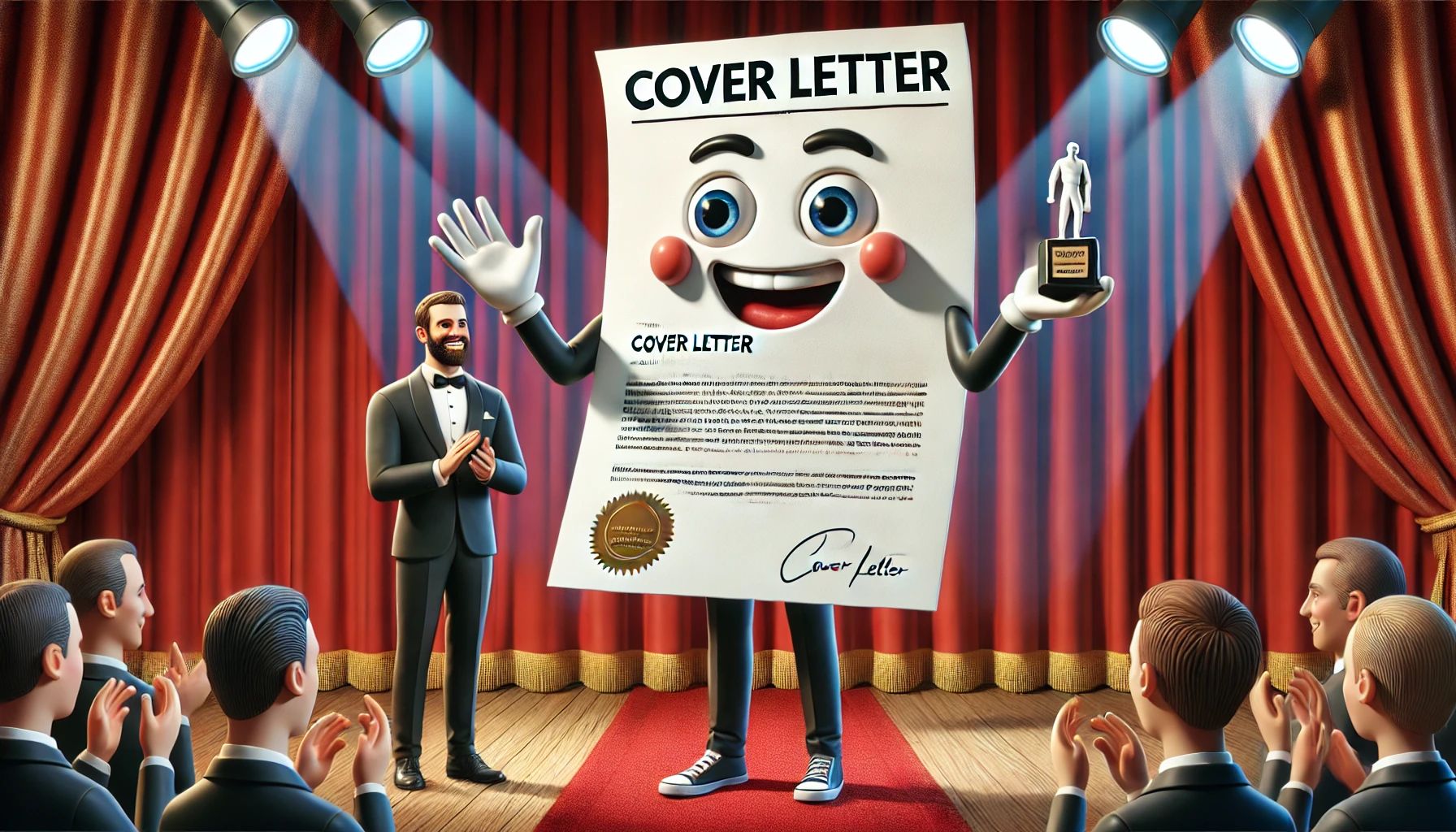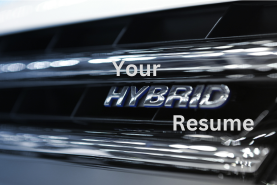Having a good battle for your resume plan is important. Yes, a good resume definitely requires some thought as to its overall strategy. What are the requirements of the position? Who is the audience? How many competitors are you likely looking at? What are your strengths and weaknesses, and how do you best highlight them (or blur them) in a good resume? These are all valuable considerations in determining the approach you need to take to build a resume that will bring consistent success. But as is the case with any project, there is only so much planning that you can do before it gets down to whether or not you take action.
Once you have given the strategy some thought, push it to the side for a second. Why? Because as you progress through the project, some aspects of that writing strategy may need to be amended based upon factors such as spacing, or simply how the content is blending. What you want to do is just start. That’s right, JUST START! Instead of beginning with the summary and core competencies (slightly more abstract in nature from a development standpoint), go with the more concrete information – your professional experience. After all, when it comes to your experience, there really isn’t much that is abstract about it. What you did and achieved is, well, what you did and achieved. Now, you will want to give consideration to the most important aspects to your future reader. But this is usually the bulk of the grunt work and going through this process will help when it is time to tackle the profile section, where you will “frame the argument” for calling you in.
The truth is that you can easily end up in a vicious cycle of doubt and changing strategies – constantly reassessing the approach because there is no anchor in place to keep you with one train of thought. But when you commit to at least laying out the basics of a good resume, you begin to get into a flow that helps pull you right through the rest of the project.













